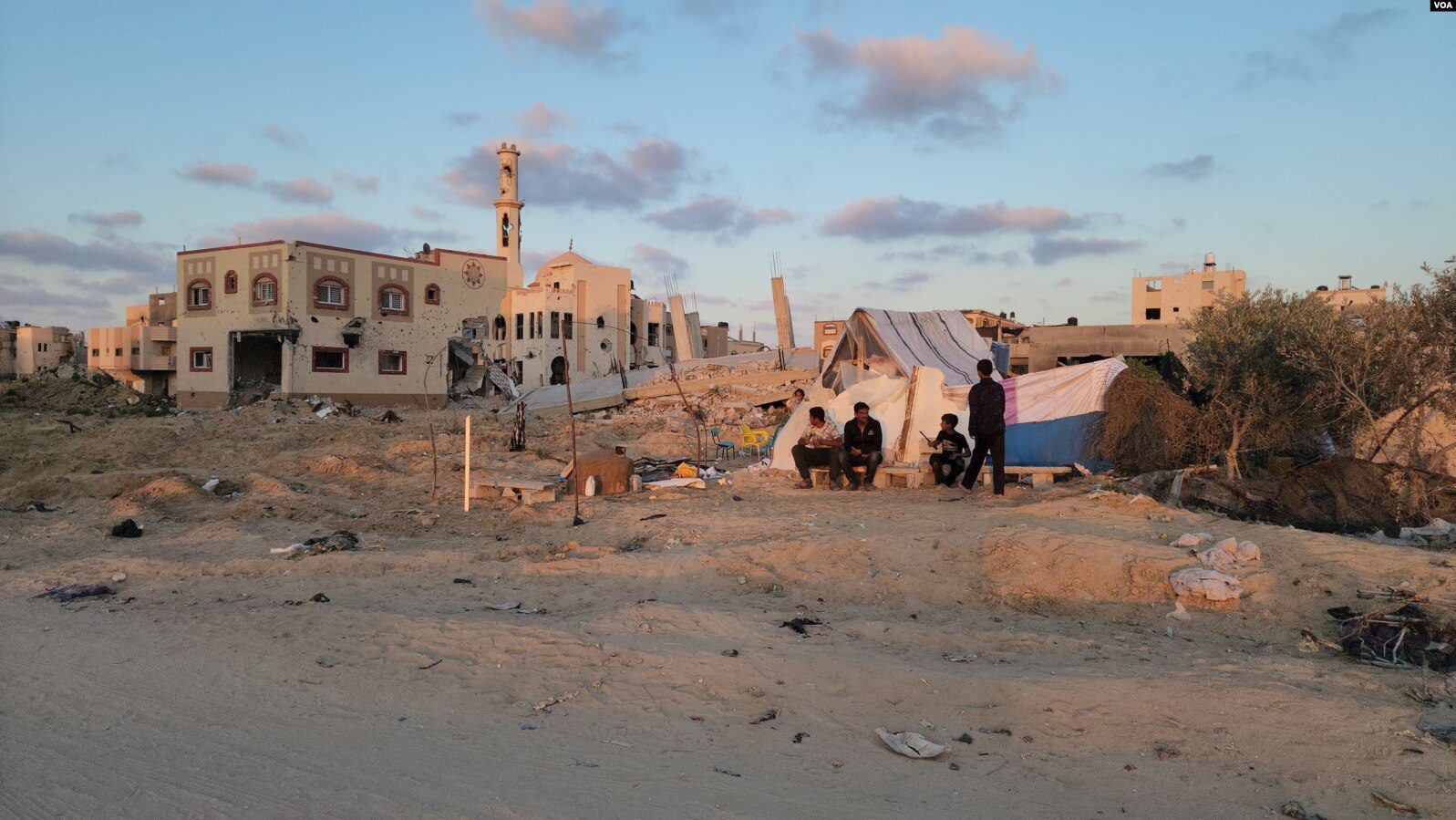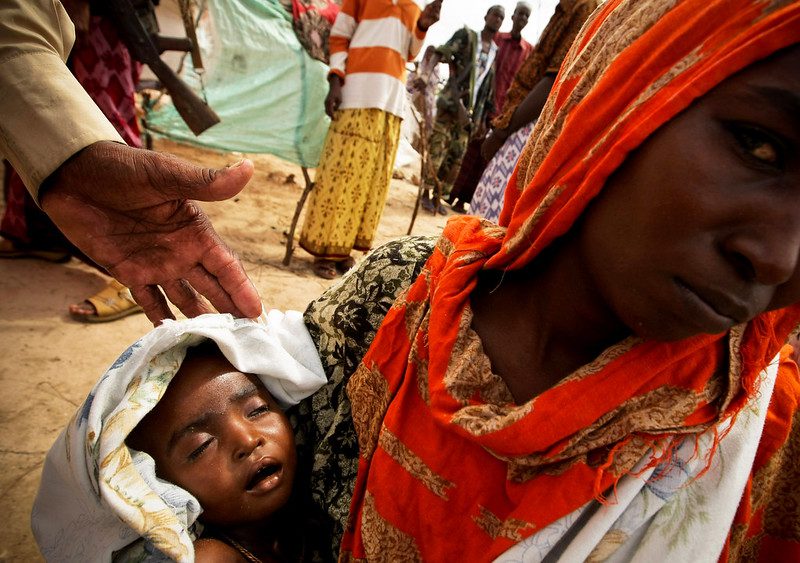Cliffnotes on Fleeing Mass Starvation: What we (don’t) know about the famine-migration nexus
Famine is a demon of history; international migration is the new calamity. That’s the quick and dirty way to sum up the general unstated understanding of the two phenomena. Of course, for those of us who claim even a serious preliminary familiarity with either, whether we are scholars, policymakers, journalists, humanitarians, or activists, the common view rings untrue. Famine, man-made mass starvation in particular, has been making quite the horrific comeback. Cases to point being the ongoing famines in Yemen and South Sudan. The movement of entire populations across the borders of states and empires is perhaps the most recurrent feature of the anthropocene.
The 1845-51 Irish Famine claimed one million lives while two million people emigrated. Indian famine codes of the 1880s identified large numbers of people “aimlessly wandering” as a sign of imminent famine. And so where there’s famine, there’s mass migration.
This much we know. But not much beyond.
A systematic review of scholarship focused on famine and its demographic and socioeconomic effects demonstrates the paucity of scholarly attention paid to the relationship between mass starvation and population movement. Numerous scholars note the obvious link between famine and migration. Depending on the context, the connection can take on varied patterns. Displacement may contribute to starvation; migration might enable people to escape starvation. The two could be joint outcomes of other causes including war and genocide.
But most in-depth research focuses on a single aspect of the linkage i.e. short-term migration as a famine coping strategy. Less attention is paid to long-term or international migration in the wake of famine. A key question–What are the demonstrable relationships, at the level of a population, between famines and levels and patterns of migration?— is far beyond current scholarship’s ability to answer.
What the limited, fragmented scholarship on the subject does tell us is this. We know we haven’t paid enough attention to the study of the relationship between famine and migration for a while now, for decades. We know that it’s a difficult subject to generalize about because of the complexity in how starvation and human mobility play out in different contexts. We know that both phenomena, and by extension their interactions, are necessarily political in nature i.e. there are always winners and (a significantly larger number of) losers. We realize that demographic, political economy and livelihoods analyses of the subject should all be building off of one another but this is rarely the case in practice. And finally, we know that international norms governing migration and humanitarian action need to be more attuned to the impact of famine, especially given its resurgence in the 21st century. This is not simply a niche point of pedantic academics.
For humanitarians and policymakers responding to food crises today, a central concern is clearly understanding the population-level relationships between episodes of famine and levels and patterns of migration. This includes the political aspect of the connection. For researchers building that understanding, there’s an urgent need to study the famine-migration nexus in an inter-disciplinary, case-based, and comparatively-oriented fashion.
-For the full, original article in Disasters Journal, “Fleeing Mass Starvation: What we (don’t) know about the famine-migration nexus, click here.


